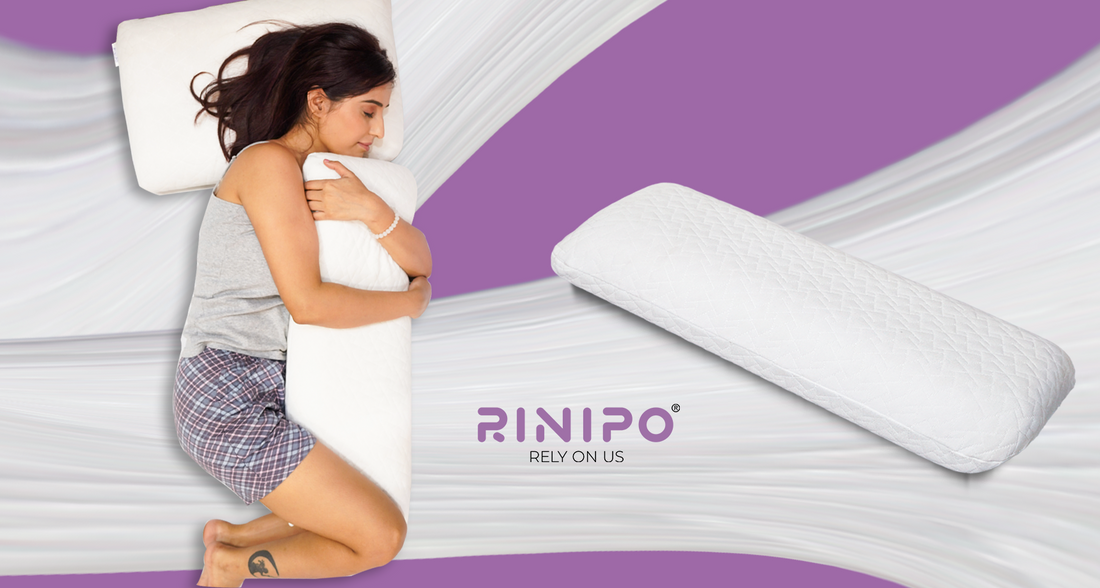
The Significance of Spine Support in Daily Seating: Why It Is Important to Your Health
Share
When did you Finally, take accounted for a way you're sitting? When you're sitting at your computer, sitting on the couch to watch TV, or sitting in your favourite chair, the way in which you sit can greatly affect your health – particularly that of your spine. If you've ever suffered from back pain, stiffness, when unease, may may be surprised to find that your sitting habits are to blame.
Spine support is necessary to keep your back and overall health in top shape. Here, we will discuss why spine support in daily seating is critical, how poor posture affects your health, and what you can do to make your sitting more comfortable and good for your spinal health in the long run. Knowing the Spine and Its Function To really understand how important spine support is, it's helpful to know the purpose of the spine in your own body. Your spine, that name backbone, is of your skeleton. It provides your physique, allowing you to stand up, move about, and flex. The cervical shields the spinal cord, through which signals go back and forth between your brain and the rest of your body, and braces your head, which is invaluable for balance.

Your spine consists of 33 vertebrae, the small bones stacked on top of one another to create the spinal column. The vertebrae are supported by discs, that functions in a shock absorber, protecting against damage from blows and providing adaptability. The spinal column is broken down into a number of sections, Regarding the cervical (neck), thoracic (mid-back), lumbar (lower back), sacral, and coccygeal regions. When you're sitting, the upper body of yours is compressing your spine, and if you're not holding it correctly, this compression grows larger. Poor seating posture over time may result in ache and unease, and permanent harm. How Poor Seating Affects Your Spine The way in which you sit each day can have a direct impact on your spine health. Seating posture that is Neither accurate like bending over, hunching forward, or sitting extended periods of time without support – increases the pressure on your spine, which may result in many issues. Following is some of the major problems that can happen:
1.Back Pain One of the most prevalent health grievances is back pain, and a bad sitting posture is usually the culprit. When you sit without support for your spine, your muscles and ligaments in your back and neck are forced to do more work to maintain your posture. Eventually, this causes tension, which leads to pain, stiffness, and even persistent soreness. The lower back (level of the vertebral bone) is especially vulnerable. since it carries heavy loads when sitting. Without the right support, the lower back can become displaced, leading to pain that runs down to your hips or legs, a disorder called sciatica.
2. Poor Posture Spending time in a chair with insufficient spine support will tend to lead to poor posture. You could perhaps catch yourself slouching or leaning forward, which not only seems uncomfortable, to result in the spinae becoming misaligned. This poor alignment will cause muscle imbalances and make the back, shoulders, and neck become painful or stiff. When you slouch, your back loses its normal curve, and the pressure is put on specific parts of the spine, resulting in long-term damage if it is not treated. With time, this poor posture can turn into a habit, and reversing It could turn into more difficult.
3. Extremely High Pressure on Discs Your spinal discs are shock an absorber between the vertebrae. When you sit without support for your spine, pressure on these discs is increased, which can deteriorate over time. This can result in bulging or herniation of the discs, resulting in pain and unease. A herniated disc can compress adjacent nerves, resulting in radiating pain down the arms or legs.

4. Decreased Blood Flow Poor sitting posture can potentially reduce blood flow to important parts of your body, especially your legs. Prolonged sitting in the same position can make the blood accumulate in the lower limbs, resulting in swelling, numbness, or even varicose veins. Good spine support can ensure that Your blood flow is healthy and your body is comfortable.
5. Muscle Fatigue When your spine is not properly supported, the muscles surrounding your back and neck are forced to work overtime. This can cause muscle fatigue and unease, in particular if you're sitting for extended periods. Over time, muscle imbalances may develop, leading to further strain on certain parts of your body, Much like the shoulders, lower back, or neck. How to Improve Spine Support in Everyday Seating Helpfully, there are a few changes that you can make to benefit the support given to your spine while you're sitting at the computer all day. Making little alterations in seating postures and opting for good-quality furniture makes it easy to drastically reduce your likelihood of having back pain while increasing the level of Your entire spinal well-being. Some things to help improve sitting postures and give appropriate support to the spine are noted below.
1. Select a Chair with Proper Lumbar Support One of the most important elements to make sure of on a certain armchair is lumbar support. Lumbar support is the help provided to the lower back, that is the vicinity the lumbar spine (the lower part of the back). A well-supported chair maintains the natural spinal curve and eases pressure on the lower back.
If your chair doesn’t provide enough lumbar support, think about the use of a small pillow a cushioning used support the lower back, or put money into an ergonomic chair designed to provide the right support. The right chair will encourage a neutral spine position, preventing slouching and reducing strain on your back.

2. Maintain a Neutral Spine Position When sitting, it's important to maintain a neutral spine position, where the natural curves of your spine are supported. To do this: Place your feet flat on the ground (or use a footrest if needed). Keep your knees bent at 90 degrees, or just below your hip level. Sit back in the chair so that your back is fully supported, especially the lower back. Avoid leaning forward or I loved them photos can misalign your spine and increase strain.
3. Take Frequent Breaks Prolonged sitting without changing position can cause stiffness and muscle tiredness. As a precaution should take when consuming frequent breaks to stand, extend, and walk. At least rise every 30 minutes or an hour, even if only for a brief stretching. This will ease pressure on your spine, improve blood flow, and prevent muscle fatigue. If you work at a desk, try using a standing desk or switching between sitting and standing to give your spine a rest from sitting all day.
4. Activate Your Core Muscles Activating your core muscles can provide further support to your spine and help keep you in good posture. Your core muscles, like your abdominal, obliques, and lower back muscles, are important to help support your spine when sitting. When lying down, paying attention tightening your abdominal muscles lightly. This can assist you in sitting straighter and keeping a steadier position, decreasing the stress on your neck and back. Moreover, by strengthening your core muscles through planks or yoga poses, you possibly can stabilize your spine during everyday tasks.
5. Tweak Your Workspace If you sit a lot at a desk, be sure to have your workspace placed next to aesthetic. This will help you sit correctly and avoid putting stress on your spine. Some tips your workstation is: Make sure your desk and chair are at the appropriate height. Keep your elbows in a 90-degree angle position when typing and your eyes aligned with the top of your monitor. Position your monitor at arm's length away from your eyes and at eye level to prevent straining your neck. Use a keyboard and mouse that keep your wrists in a neutral position, without bending too much.
6. Stretch Frequently keep your spine flexible and prevent muscle tightness. the back, hips, and shoulders to minimize tension and increase spinal mobility. mild massages, like cat-cow poses or seated twists, can be done at your desk or when standing up.
7. Sleep with Appropriate Spinal Alignment Although the emphasis here is on sitting, it's worth mentioning that your spine's Additionally, fitness depends on the way you sleep. Sleep on a mattress that maintains your spine's natural curvature, and make use of pillows to keep your head, neck, and back in line. Do not sleep on your stomach, since this can place undue stress on your neck and spine.
